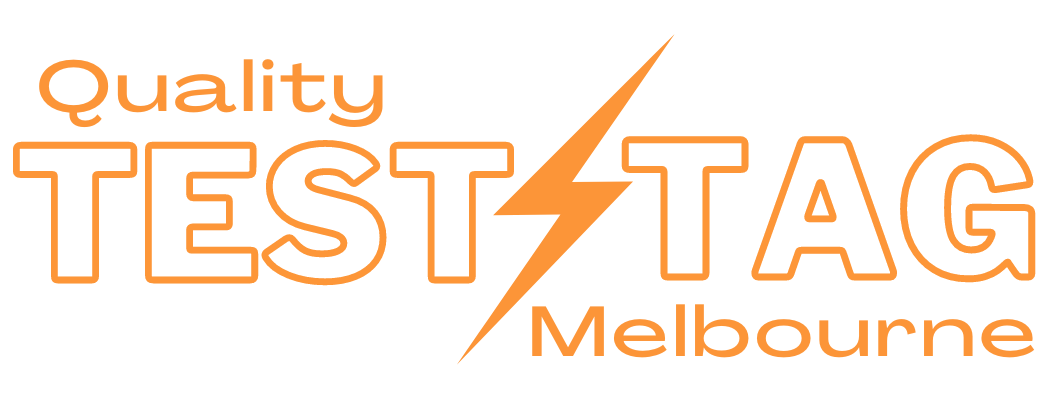Do you ever wonder how electrical equipment is kept safe in your workplace? That’s where electrical tagging comes in. Electrical tagging is a crucial process that ensures the safety of electrical appliances and equipment, protecting the users and the environment from potential hazards.
Regarding electrical tagging, the main goal is to prevent accidents and injuries caused by faulty or unsafe equipment. This process involves thoroughly inspecting and testing electrical devices to meet safety standards. Once a device has been deemed safe, it is labeled with a tag, indicating it has passed inspection.
This tag serves as a visual reminder that the equipment is safe to use, giving you peace of mind knowing that your electrical equipment has been properly checked and deemed safe. So, the next time you see an electrical tag on a device, remember that it’s there to keep you and those around you safe.
Importance of Electrical Tagging in Ensuring Safety
You need to understand the importance of electrical tagging in ensuring your safety. Electrical tagging is crucial in identifying and preventing various types of electrical hazards. By regularly tagging electrical equipment, you can ensure that it is regularly inspected and tested for any potential issues.
This helps prevent electrical accidents such as shocks, fires, and explosions, which can cause serious injuries or even fatalities. Regular electrical tagging also ensures compliance with safety regulations and standards, giving you peace of mind that your electrical systems are in good working condition.
By investing in regular electrical tagging, you can reap the benefits of improved safety, reduced risk of accidents, and increased peace of mind.
Process and Procedures of Electrical Tagging
To understand how it works, let’s look at the step-by-step process and procedures involved in electrical tagging. First, equipment inspection ensures that all electrical appliances and devices are properly working. This involves checking for any damage or faults that may pose a safety risk.
Next, compliance requirements are followed to ensure that electrical equipment meets the necessary standards and regulations. This includes checking if the equipment has been tested and tagged by a qualified professional and if it has been done within the required timeframes.
Additionally, the equipment is tagged with a label or tag that indicates the date of inspection, the name of the person who inspected it, and the date of the next scheduled inspection. This helps to track when each piece of equipment needs to be re-inspected, ensuring ongoing safety.
Overall, the process and procedures of electrical tagging play a crucial role in maintaining safety standards and preventing electrical hazards.

